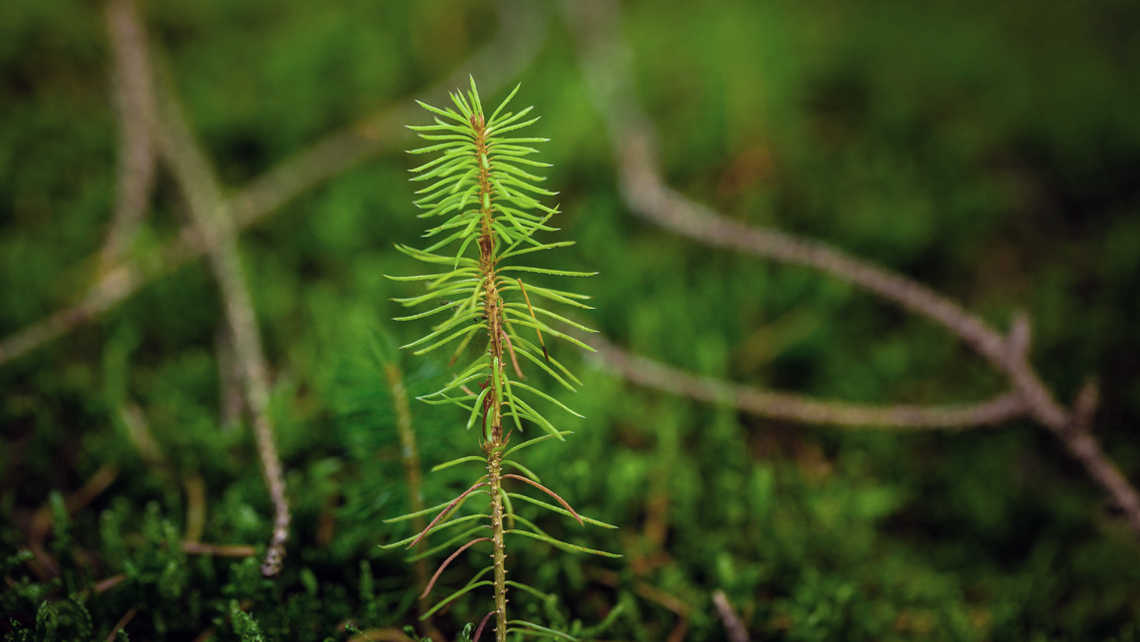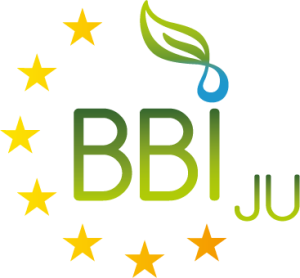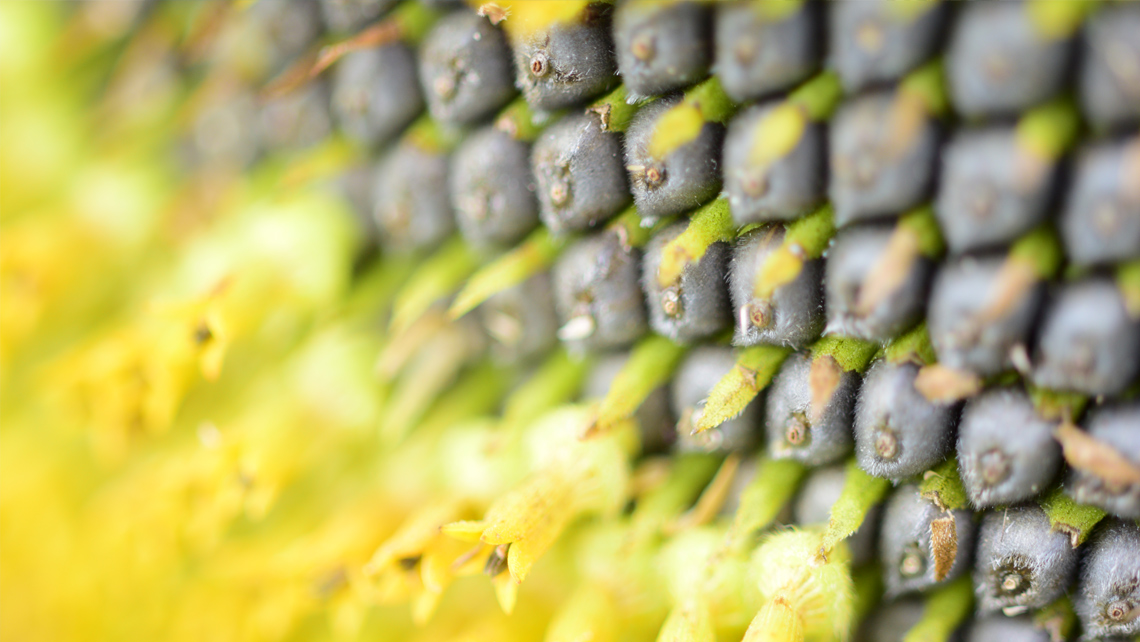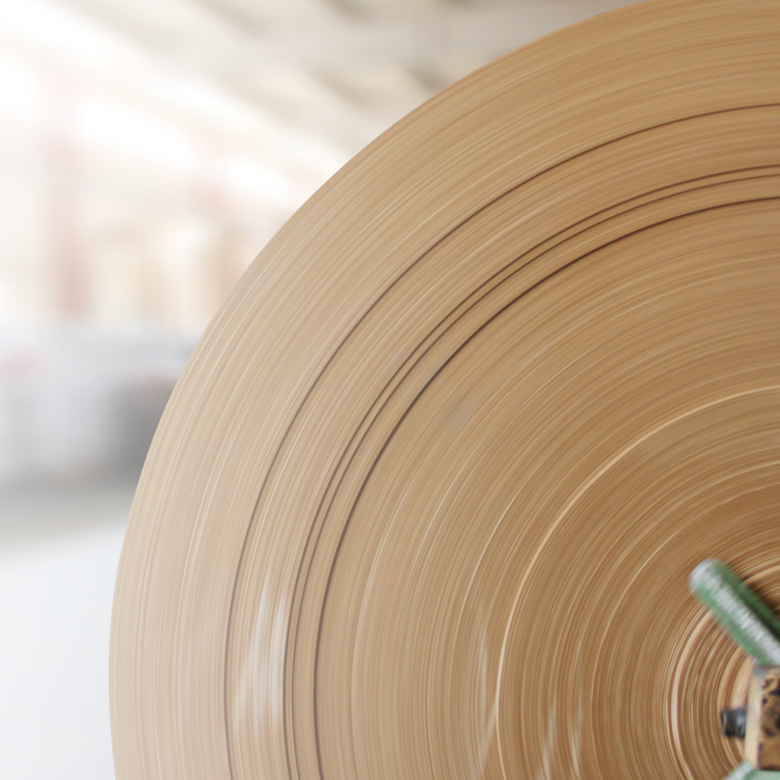“The change doesn’t happen overnight, but it is exciting to be part of it and contribute to a project that brings us closer to 100% bio-based chemistries and develops renewable polymer products for the paper and board industry,” says Brita Peltokoski, Research Scientist, Fiber & Bioeconomy, R&D and Technology at Kemira.
The four-year-long VEHICLE project aims to turn low-value lignocellulosic biomass side-streams from pulp processing into high-value end products, such as bio-based chemistries for the paper and board applications. Brita is the project manager for VEHICLE at Kemira and she is also conducting research for her doctoral thesis on polymer chemistry in the project. The project was kicked off in May 2019.
“It has been a busy year and we’ve been moving forward even ahead of schedule. For me, it’s really motivating to participate in developing a more sustainable chemical industry. That sounds a little like a pageant answer, but it’s also true,” Brita laughs.
“The goal of the entire project is a holistic use of side-streams, which in practice means that the wood biomass, which was previously burnt for energy, becomes the raw material for valuable biopolymers. For us, it can provide a new renewable alternative to the fossil-based raw materials used in pulp and paper chemistries, and that’s where our focus is at. Eventually, for our customers, it can mean a chance to improve the environmental performance of their end-products.”
At the heart of bioeconomy
Kemira’s key partner in the project is a biotechnology company called Ecohelix. The company utilizes the side-streams coming from the Domsjö Fabriker dissolving pulp mill to produce lignin-hemicellulose copolymers. Kemira’s role is to test the polymer and assess its technical and economic feasibility for paper and board applications.
“During the first year of the project, we’ve studied the performance of this novel biopolymer in various applications. Based on a laboratory-scale screening, performed to the polymer alone and as a part of formulation, we’ve evaluated the need for chemical modification and specification requirements,” explains Brita. She presented the first findings from the research in the Nordic Wood Biorefinery Conference in October 2020.
In fall 2020, Ecohelix will launch a demonstration scale plant in Domsjö to produce larger quantities of the product for further development and verification work on the selected end-use applications, and eventually, for testing the new, renewable products in customer trials at paper and board mills.
“A project like VEHICLE highlights what’s great in working in Kemira R&D,” states Brita. “We have such broad expertise from various fields, both in chemistry and different applications areas, and vast analytics capabilities. I enjoy the freedom to test and try out ideas and the drive we have. For example, when this project was kicked off and we started the work to identify suitable applications for the bio-based polymer, there was no shortage of ideas to try out.”
“In addition, working in the intersection of research work and application development, the customers’ world is present at all times. It suits me well, to be able to interact with people in different roles and to clearly see the end goal.”
Opportunities to develop
A drive to explore new things also led Brita herself to work in the VEHICLE project in the first place. She had decided to continue her studies in polymer chemistry to a PhD-level at the Aalto University of Technology and was looking for a topic for her doctoral thesis. A discussion with a colleague at a coffee table got her excited about the opportunity to work with the development of bio-based chemistries for pulp and paper applications.
“I have been with Kemira for a decade, but up until that point, I had worked mostly with chemicals related to the oil and mining industry, optimizing our customers’ production processes and improving their raw material efficiency with polymers. At first, the world of pulp and paper felt like an unknown territory for me,” Brita admits.
“But ever since I joined the company as a laboratory technician, I’ve been encouraged to grow and expand my competencies based on my interests. For example, I studied my second degree, a Master’s in polymer chemistry, during my time here. In this kind of an environment, it’s easy to break new ground.”
The interest toward the possibilities of bioeconomy and the role chemistry plays in it had sparked during the Master’s studies.
“In the VEHICLE project, we have full value chain collaboration. That’s crucial, because no-one can do this alone.”






